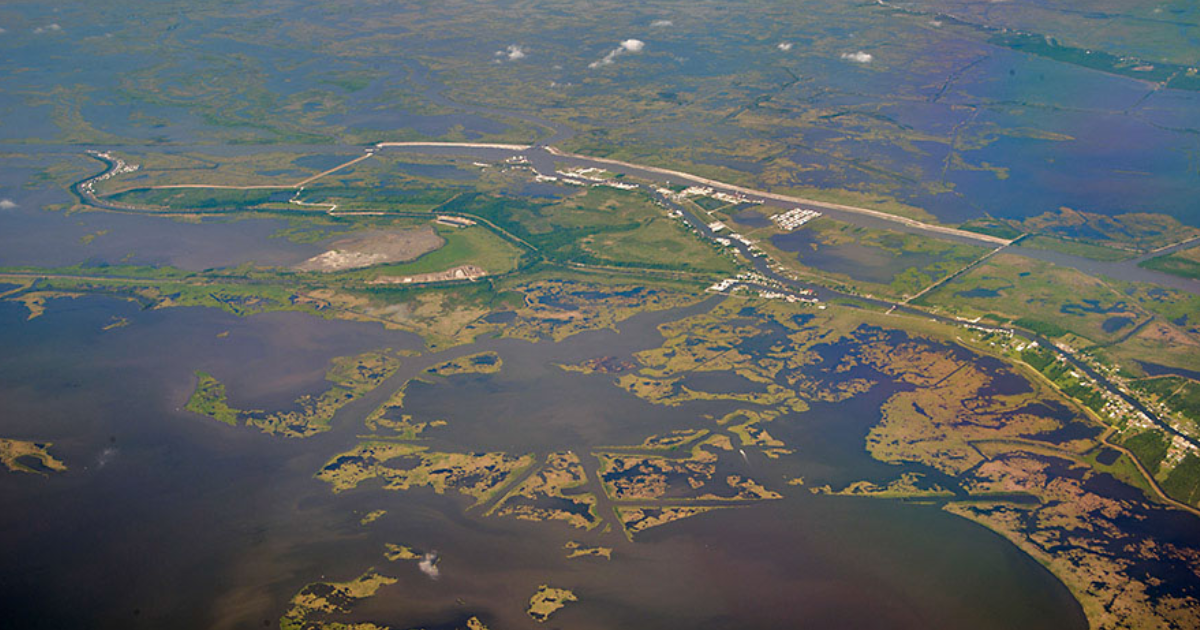
Rounce Earns NASEM Gulf Research Grant to Study Sea Level Changes
A research team including CEE’s David Rounce was recently awarded a grant to research the causes of—and potential solutions to—impacts of sea level rise in the Gulf Coast. The project, Facilitating Dynamic Adaptive Pathways for Coastal Decision-Makers through Land Ice and Water Projections is funded by the National Academies of Sciences Engineering and Medicine (NASEM) Gulf Research program.
“While our first objective is focused on improving our process-based understanding of the drivers of change and refining projections, we are also seeking to develop tools using the conditional probabilities of projections to support dynamic adaptive planning efforts of local and state organizations,” Rounce says.
Earning the grant while based hundreds of miles north in Pittsburgh was accomplished by partnering with Gulf Coast-based organizations including The Water Institute and Program for Local Adaptation to Climate Effects | Sea Level Rise. Rounce is also collaborating with NASA JPL and University of New Hampshire. The well-rounded team brings experience in everything from state-of-the-art science in glaciers, hydrology, and probabilistic projections to translating the science into actionable information for stakeholders.
...we are also seeking to develop tools using the conditional probabilities of projections to support dynamic adaptive planning efforts of local and state organizations.
As the project moves forward, Rounce and his collaborators will engage local and state organizations in the process. He adds that the project will have immediate implications for the Gulf region that’s experiencing higher rates of sea-level rise compared to other coastal areas in the United States.
In addition to subsidence, the Gulf area is impacted by gravitational, rotational, and deformational effects. “If you are close to a region that is losing a lot of mass, the gravitational pull decreases and so the sea level will actually lower; while if you're further away, then you may experience higher rates of sea-level rise. “
The research project will take projections of the mass change of glaciers and terrestrial hydrology to determine what Rounce calls "sea-level fingerprints" associated with these changes. “The goal is to identify the regions that are contributing the most to sea-level in the Gulf and then use better data and more detailed physical models to refine projections of these regions.”
Rounce mentions that the research will help to identify ways to reduce impacts from flooding of housing and infrastructure, ecosystem loss, and saltwater intrusion into the groundwater table.
The project is funded for three years and is expected to be completed in March 2025.